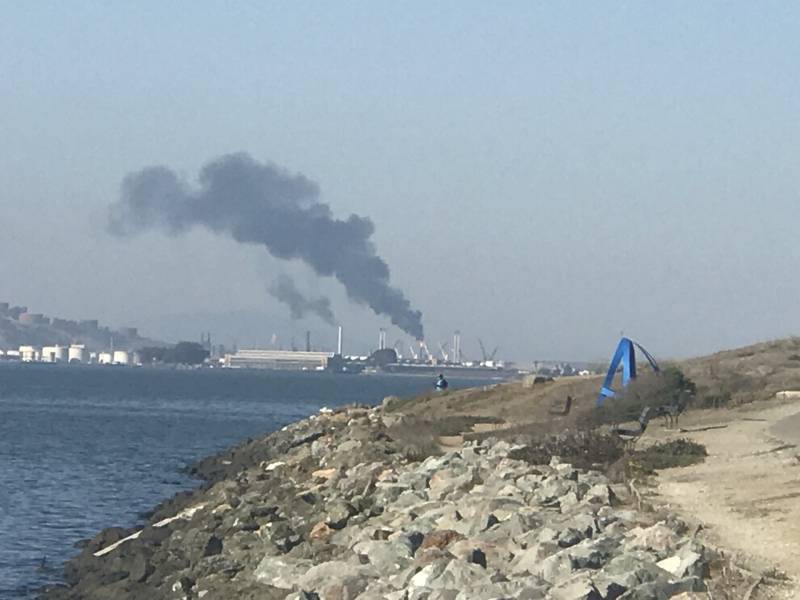The company told the air district that it has updated diagrams for the electrical substations involved in the outage and is working on other changes to prevent a repeat.
"Chevron identified and employed preventative measures to protect against this type of power loss in the future," Crain said. "Similar to protections against mechanical failures, Chevron employs multiple layers of safeguards and systems to reduce human error."
"Importantly, air monitoring data during the incidents in question demonstrated no exceedances above health-based standards for the chemicals monitored," Crain said.
November's flaring incident is under investigation by the air district but not by the hazardous materials program at Contra Costa County Public Health Services. Officials at the health agency did not seek a 72-hour report on the incident.
The flaring operations were not deemed to be a major chemical accident or release so the refinery is not required by county officials to perform a root-cause analysis, according to Matt Kaufmann, director of the county's hazardous materials programs.
The November case was the second significant incident at the refinery in a matter of six months.
On Aug. 14, in the midst of a Bay Area heat wave, Chevron had a malfunction tied to the weather. According to a causal flare report filed with the air district, after it reached 90 degrees that day, one of the facility's fire suppression systems mistakenly activated. A steam unit tripped offline, causing pressure problems that prompted the refinery to send gas to its flares.
For comparison, that flaring led to the release of close to 630 pounds of sulfur dioxide.
On Jan. 16, there was another malfunction at the refinery. Other than Chevron's description of a "unit upset" at the facility, details about that incident have not been released. A causal report for that flaring operation is due by the end of March.
Earlier this month, a ruptured pipeline at Chevron's Long Wharf led to the release of up to 750 gallons of low sulfur diesel mixed with water into San Francisco Bay. That triggered a health advisory, the closure of a local beach, several investigations, a lawsuit from a local fishing group and a hearing before the Richmond City Council.
